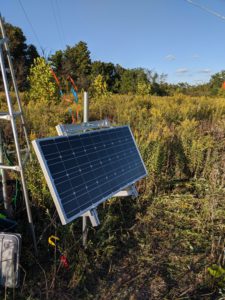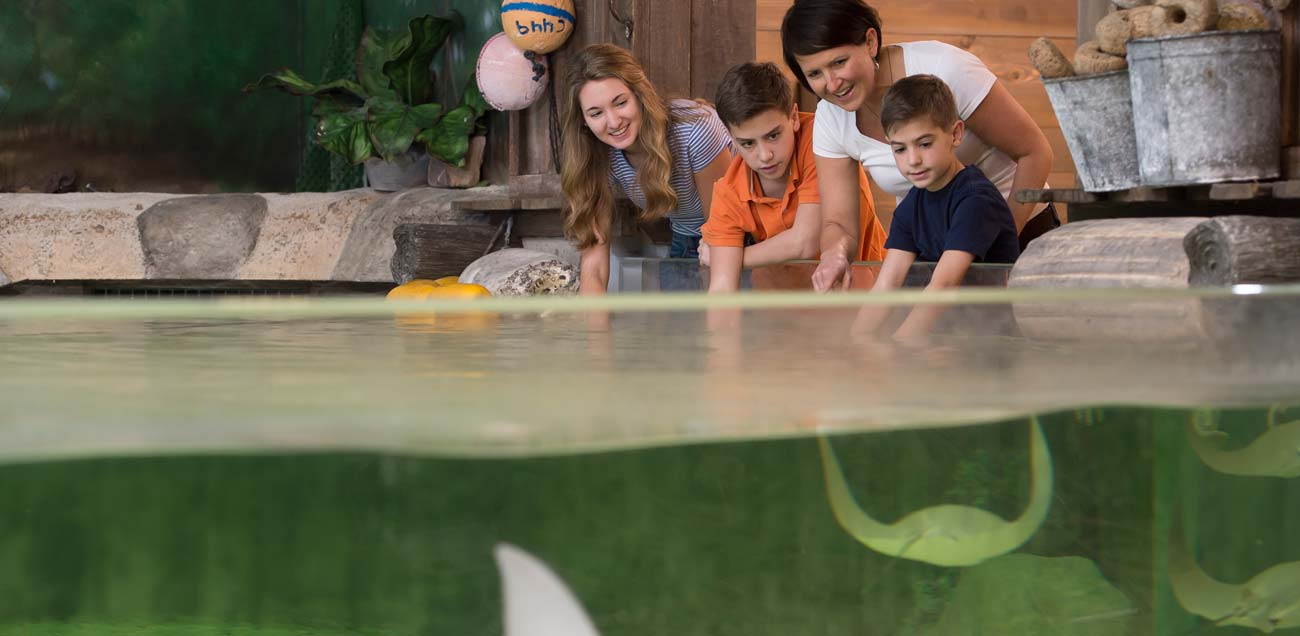 What do ratchet wrenches, strawberry pies, and anchors have in common? Just a year ago, your best guess would’ve been better than mine. Prior to helping the Zoo’s local conservation project, MOTUS Wildlift Tracking Stystem, you could say building IKEA bookcases was the extent of my “construction” experience. But in the summer of 2019, I found myself helping a group of dedicated Zoo staff, hauling those three items, along with metal masts, solar panels and boxes of hardware, to construct 15 foot tall MOTUS towers. Conservation was at the forefront, marrying technology with a little bit of elbow grease.
What do ratchet wrenches, strawberry pies, and anchors have in common? Just a year ago, your best guess would’ve been better than mine. Prior to helping the Zoo’s local conservation project, MOTUS Wildlift Tracking Stystem, you could say building IKEA bookcases was the extent of my “construction” experience. But in the summer of 2019, I found myself helping a group of dedicated Zoo staff, hauling those three items, along with metal masts, solar panels and boxes of hardware, to construct 15 foot tall MOTUS towers. Conservation was at the forefront, marrying technology with a little bit of elbow grease.
MOTUS Wildlife Tracking System is a collaborative research network that uses coordinated automated radio telemetry arrays to study the movements of small animals, and these towers would be the first of their kind in Northeast Indiana to track the movement of migrating animals. Mainly tagged birds, but other wildlife, including bats, could show up on our tower’s data sets! After scouting various properties for the perfect grassy clearings, the proposed tower location created this promising yellow barrier of “clovers” that marks each tower’s range. Strategically placed to ensure all tagged wildlife who pass through gain a spot on our data set. So, what fastening devices will we need? How will we ensure the tower computers get power? All questions that hours of research and workshops helped guide the team.
With plans in tow and the trucks loaded with gear, we drove to our scouted build sights and worked together to fit this MOTUS puzzle piece together. Antenna-looking metal contraptions, called Yagi’s, needed to be attached to the mainmast. Adjusting with a ratchet and wrench, we methodically adjusted each Yagi antenna for alignment and strength. Slowly but surely the bags of wires, nuts and bolts, and various hardware started to transform and actually look like a sound structure! Manually drilling earth anchors into tough, Indiana clay soil was a feat in itself, but necessary to keep our tower upright. After building the solar panel stand, we were able to connect our strawberry pi computer system to our battery and solar power source. It was an incredible feeling when the blue light started to flicker then flash, indicating we were up and running to receive data. Since the tower’s construction, we’ve had pings of Virginia Rails, Eastern Whip-poor-wills, and Swainson’s Thrush to name a few. So with a little trial and error, extreme wind storms, and multiple re-building experiences later, the team successfully installed four receiving MOTUS structures. One at Dygert, Wildwood, and Blue Cast Spring ACRES nature preserves along with a mount on Wells Admin building at the Zoo. Each build was a learning experience. By the last tower reconstruction, guy wires were tightened faster and hoisting the metal mast went more efficiently than the last. One of the best feelings was stepping back from our meticulously small perspective to view the free-standing tower at a distance. A sigh of accomplishment and a collective ‘we built THAT’ running through all our heads. It was the beginning of the Zoo’s contribution to this global research initiative.
With a little more building experience under our belt, the Zoo will be constructing two more MOTUS towers in the surrounding ACRES properties in 2021. If you’re interested in tracking the Zoo’s migration hits, be sure to visit www.motus.org .
Written by Andri Schmitz, Zoo Education Curator

